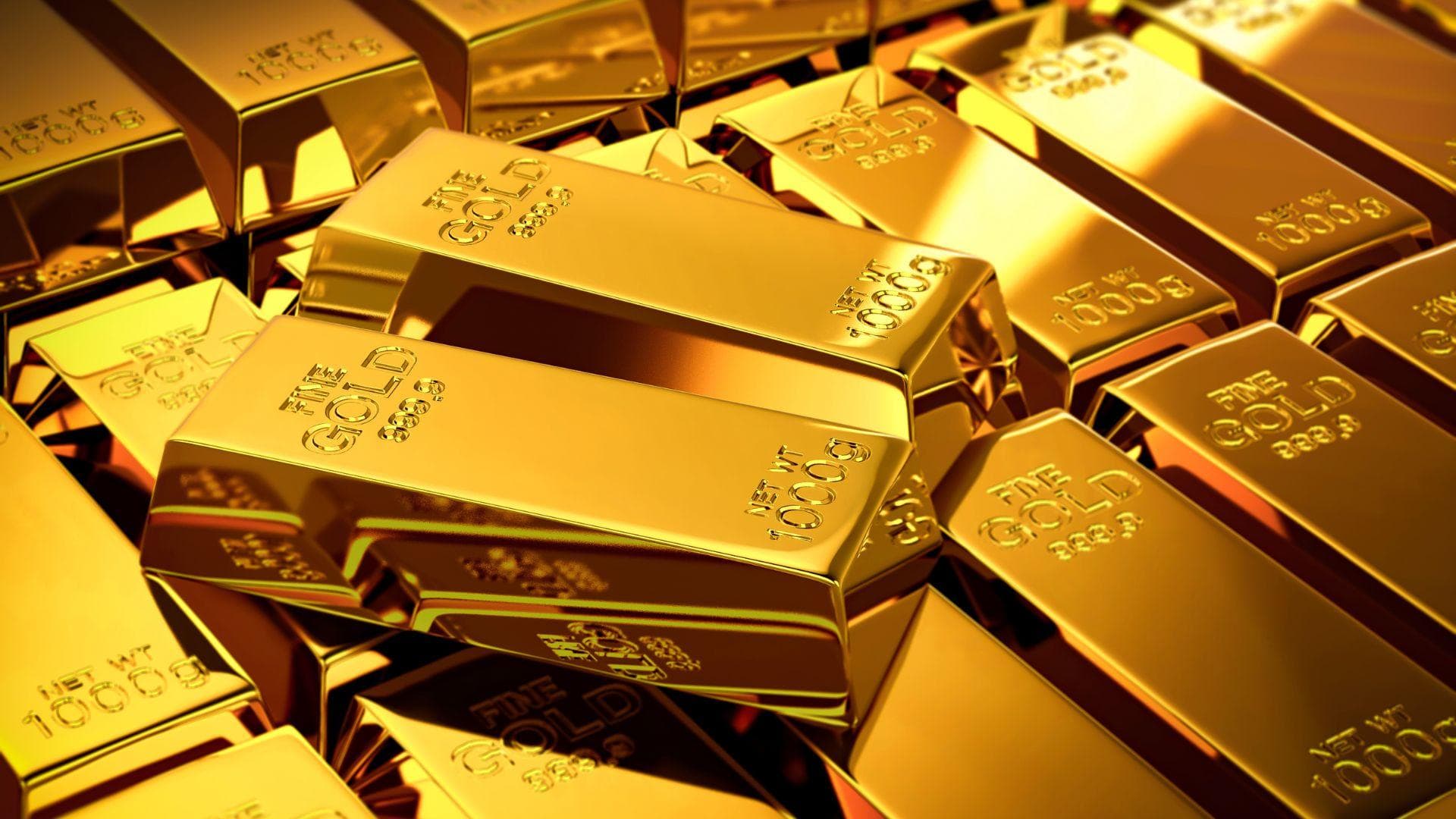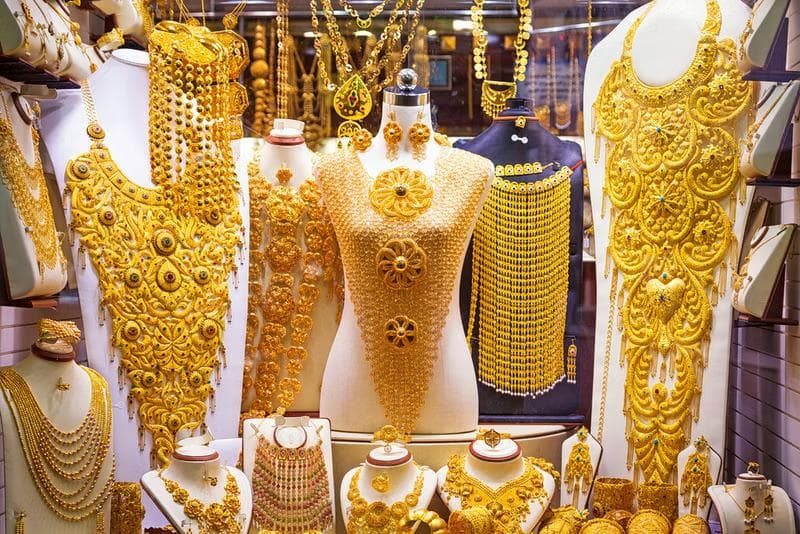Historical Gold Rate Trends in UAE
The United Arab Emirates (UAE), and Dubai in particular, has long been a pivotal hub for gold trading. Known as a global crossroads where East meets West, Dubai’s position as a cornerstone of wealth and commerce is underscored by its vibrant gold markets. Gold's allure is timeless, and its price fluctuations offer insights into broader economic trends. This article explores the historical gold rate trends in the UAE, providing a clear understanding of how various factors influence these changes. By examining these trends, we can better appreciate the dynamics of global and local economies and the intricate forces at play in the gold market.
Gold prices in the UAE are influenced by a mix of local and international factors. The primary determinant is the international gold market, where prices are set based on global demand and supply dynamics. This global market acts as a barometer for economic health, reflecting changes in investor sentiment and financial stability worldwide. However, local factors such as import duties, currency exchange rates, and economic policies also play crucial roles. These elements add layers of complexity to the local pricing of gold, requiring traders and consumers to stay informed of both international and domestic developments.
In Dubai, often referred to as the "City of Gold," the gold rate is particularly significant. The city is renowned for its vibrant gold souks and competitive pricing, making it a favorite destination for gold buyers. Dubai’s strategic location, tax-free policies, and world-class infrastructure make it an ideal marketplace for gold trading. This reputation attracts millions of tourists and investors annually, all keen to capitalize on the city's advantageous pricing. The combination of these factors makes understanding Dubai's gold pricing crucial for anyone interested in the precious metal market.

Key Factors Influencing Gold Rates
Global Market Dynamics
The global gold market is the most significant influencer of gold prices in the UAE. Factors such as global economic stability, geopolitical tensions, and changes in major economies like the United States and China can cause fluctuations in gold prices. These elements are interconnected, with each having the potential to influence the others, creating a complex web of cause and effect.
- Economic Stability: In times of economic uncertainty or inflation, gold often becomes a preferred investment, driving up demand and prices. Investors seek refuge in gold, viewing it as a stable asset that can preserve wealth in turbulent times. This behavior is particularly noticeable during financial crises or periods of high inflation, where traditional investments like stocks and bonds may lose value.
- Geopolitical Tensions: Political unrest or conflicts can lead to increased demand for gold as a safe-haven asset. When geopolitical tensions rise, such as during wars or diplomatic standoffs, investors flock to gold to hedge against potential losses in other markets. This increased demand can significantly drive up gold prices, sometimes rapidly and unpredictably.
- Currency Fluctuations: Since gold is primarily traded in US dollars, fluctuations in the dollar's value can impact gold prices globally and, consequently, in the UAE. A weaker dollar makes gold cheaper for holders of other currencies, boosting demand and pushing prices higher. Conversely, a stronger dollar can dampen global demand, leading to price declines. This interplay requires constant monitoring by investors and traders alike.
Local Market Influences
While the global market sets the base price, local factors adjust it to fit the UAE's economic landscape. These factors can create significant variances between the local and international gold prices, offering both opportunities and challenges for investors and consumers.
- Import Duties: Changes in import duties directly affect gold prices in Dubai and the broader UAE market. Lower duties can reduce prices, making gold more affordable for consumers. Conversely, higher duties can increase costs, potentially dampening demand. The UAE government occasionally adjusts these duties to balance revenue generation with economic growth objectives, impacting local gold market dynamics.
- Currency Exchange Rates: The strength of the UAE dirham against other currencies, particularly the US dollar, can influence local gold prices. A strong dirham can make gold imports cheaper, while a weaker dirham can have the opposite effect. These fluctuations require businesses and consumers to remain vigilant, as currency movements can quickly alter the affordability of gold.
- Local Demand: During festive seasons like Diwali or Ramadan, local demand surges, sometimes affecting the short-term pricing trends. These cultural and religious celebrations often see increased gold purchases for gifting and investment, temporarily boosting prices. Understanding these seasonal patterns can provide valuable insights for timing purchases and sales in the local market.
Historical Trends in Gold Rates in the UAE
The Early 2000s to 2010
The early 2000s saw relatively stable gold prices, with gradual increases driven by steady economic growth. This stability was underpinned by the global economic expansion and rising incomes, which fueled consistent demand for gold. However, the global financial crisis in 2008 led to a surge in gold prices as investors sought safe-haven assets.
- 2008 Financial Crisis: This period marked a significant increase in gold demand, pushing prices higher globally and in the UAE. The crisis underscored gold's role as a hedge against economic turmoil. As stock markets plummeted and financial institutions faltered, gold's reputation as a stable store of value was reinforced, leading to record high prices and increased investor interest.
2010 to 2020
The decade from 2010 to 2020 witnessed fluctuating gold prices, with notable peaks and troughs. Key events during this period included:
- 2011 Peak: Gold prices reached a peak in 2011, fueled by economic uncertainties in Europe and the US. The Eurozone debt crisis and slow recovery in the US economy drove investors towards gold, elevating its price to unprecedented levels. The uncertainty surrounding these major economies highlighted the importance of gold as a protective investment.
- Mid-2010s Decline: Post-2013, there was a decline in gold prices due to improved global economic conditions and increased confidence in other asset classes. As economies stabilized and investor confidence returned to equities and real estate, gold's allure diminished, leading to a price correction. This period demonstrated the cyclical nature of gold prices and the impact of investor sentiment on its valuation.
- 2019-2020 Surge: The onset of the COVID-19 pandemic reignited gold's appeal as a safe-haven asset, driving prices to new heights. The uncertainty and economic disruption caused by the pandemic led to a global rush for gold, pushing prices to record levels. This surge highlighted gold's enduring role as a refuge in times of crisis, reinforcing its position in diversified investment portfolios.
Current Trends and Future Outlook
As of today, the gold market continues to be influenced by global and local dynamics. The ongoing economic recovery post-pandemic, geopolitical tensions, and central bank policies are significant factors shaping the current and future gold rate trends in the UAE. The interplay of these elements creates a complex landscape for gold pricing, requiring continuous analysis and understanding.
- 2021 and Beyond: The stabilization of economies and the rollout of vaccines have tempered gold's rapid price increases, but uncertainties remain. Future trends will likely be shaped by how effectively the global economy navigates post-pandemic challenges. Factors such as inflationary pressures, interest rate adjustments, and geopolitical developments will play crucial roles in determining gold's trajectory. Investors must stay informed and adaptable to navigate this evolving market landscape successfully.

Practical Insights for Gold Buyers in the UAE
For individuals and businesses considering investing in gold, understanding these historical trends and factors is crucial. Here are some practical insights:
- Monitor Global Events: Stay informed about global economic and political developments, as these can significantly impact gold prices. Keeping abreast of news and analysis from reliable sources will provide valuable context for making informed investment decisions.
- Understand Local Market Dynamics: Familiarize yourself with local factors such as import duties and currency exchange rates that could affect your gold purchasing decisions. Awareness of these elements can help you anticipate price changes and optimize your buying strategy.
- Timing Your Purchase: Consider buying during periods of economic stability or when local demand is low to secure better prices. Strategic timing can enhance your purchasing power and maximize your investment returns. Understanding historical pricing patterns and seasonal trends can provide valuable guidance for optimal timing.
Conclusion
The historical gold rate trends in the UAE highlight the intricate interplay between global market dynamics and local economic factors. As a vital part of the UAE's economic landscape, understanding these trends provides valuable insights for anyone looking to invest in gold. Whether you're a seasoned investor or a first-time buyer, staying informed about these factors will help you make well-informed financial decisions in the competitive UAE market. The gold market's complexity and dynamism require a proactive approach to investment, where continual learning and adaptation are key to success.
Related Blogs: